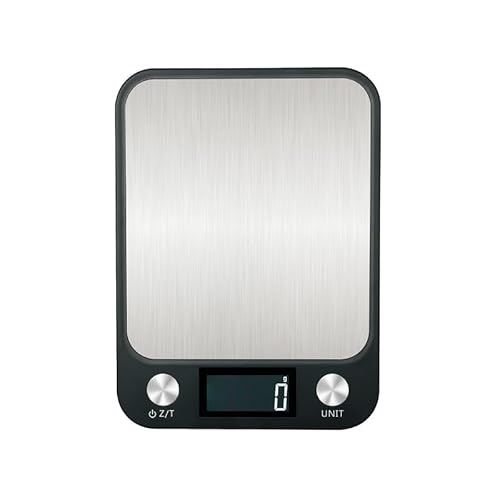Hello!
I've just joined this community and I'm about to create my first batch of soap. My plan is to make a goat milk soap, I understand the process of making a goat milk soap is a bit more complex than using water but I wanted to try it out despite being a newbie.
I found the following recipe online and it looked simple and good enough:
* Olive oil – 56%
* Coconut oil – 26%
* Shea butter – 11%
* Castor oil – 7%
(5% superfat, water and lye amount based on soapcalc.net, replacing the water with the milk)
Now first of all I wonder if this recipe looks good, I'm aiming for a moisturising soap since I have a bit sensitive skin. Also I wonder if there is anything else I'm missing or that is good to add?
I have done some research and it looks like (from what I've read) a coconut oil percentage above 20% can be a bit drying, so for the next batch I might want to make a new recipe that has a slightly lower amount of that, also I really want to try and do a lard soap next. But I've figured I'll maybe have to try my first soaps first before learning what to change.
Do you have any overall suggestions about this recipe or any great recipes that I can do after this one?
I've just joined this community and I'm about to create my first batch of soap. My plan is to make a goat milk soap, I understand the process of making a goat milk soap is a bit more complex than using water but I wanted to try it out despite being a newbie.
I found the following recipe online and it looked simple and good enough:
* Olive oil – 56%
* Coconut oil – 26%
* Shea butter – 11%
* Castor oil – 7%
(5% superfat, water and lye amount based on soapcalc.net, replacing the water with the milk)
Now first of all I wonder if this recipe looks good, I'm aiming for a moisturising soap since I have a bit sensitive skin. Also I wonder if there is anything else I'm missing or that is good to add?
I have done some research and it looks like (from what I've read) a coconut oil percentage above 20% can be a bit drying, so for the next batch I might want to make a new recipe that has a slightly lower amount of that, also I really want to try and do a lard soap next. But I've figured I'll maybe have to try my first soaps first before learning what to change.
Do you have any overall suggestions about this recipe or any great recipes that I can do after this one?














![[Latest] 21 Pack Dried Flowers for Candle Making, 100% Natural Dried Herbs Kit for Soap Making, Bath, Resin Jewelry Making, Bulk Dried Flowers Include Lavender, Rose Petals, Rosebuds, Leaves, Lemon.](https://m.media-amazon.com/images/I/61rGf9Frw4L._SL500_.jpg)





























